Chloromethyl ethyl carbonate
- CAS NO.:35179-98-7
- Empirical Formula: C4H7ClO3
- Molecular Weight: 138.55
- MDL number: MFCD00137995
- EINECS: 233-305-4
- SAFETY DATA SHEET (SDS)
- Update Date: 2024-08-11 15:28:25

What is Chloromethyl ethyl carbonate?
Chemical properties
Colourless Oil with White Particles
The Uses of Chloromethyl ethyl carbonate
As a reagent, Chloromethyl ethyl carbonate can be used in the preparation of hepatitis C virus NS3 protease inhibitors and PMPA prodrugs with antiretroviral activity.
The Uses of Chloromethyl ethyl carbonate
A reagent used in the preparation of hepatitis C virus NS3 protease inhibitors and PMPA prodrugs with antiretroviral activity.
Properties of Chloromethyl ethyl carbonate
| Boiling point: | 135.1±23.0 °C(Predicted) |
| Density | 1.196±0.06 g/cm3(Predicted) |
| storage temp. | 2-8°C |
| solubility | Chloroform, Methanol (Slightly) |
| form | Colourless Oil with White Particles |
Safety information for Chloromethyl ethyl carbonate
Computed Descriptors for Chloromethyl ethyl carbonate
New Products
Tert-butyl bis(2-chloroethyl)carbamate 4-Methylphenylacetic acid N-Boc-D-alaninol N-BOC-D/L-ALANINOL N-octanoyl benzotriazole 3-Morpholino-1-(4-nitrophenyl)-5,6-dihydropyridin- 2(1H)-one Furan-2,5-Dicarboxylic Acid DIETHYL AMINOMALONATE HYDROCHLORIDE 1,1’-CARBONYLDIIMIDAZOLE R-2-BENZYLOXY PROPIONIC ACID 1,1’-CARBONYLDI (1,2-4 TRIAZOLE) N-METHYL INDAZOLE-3-CARBOXYLIC ACID (2-Hydroxyphenyl)acetonitrile 4-Bromopyrazole 5-BROMO-2CYANO PYRIDINE 5,6-Dimethoxyindanone 5-broMo-2-chloro-N-cyclopentylpyriMidin-4-aMine 2-(Cyanocyclohexyl)acetic acid 4-methoxy-3,5-dinitropyridine 1-(4-(aminomethyl)benzyl)urea hydrochloride 2-aminopropyl benzoate hydrochloride diethyl 2-(2-((tertbutoxycarbonyl)amino) ethyl)malonate tert-butyl 4- (ureidomethyl)benzylcarbamate Ethyl-2-chloro((4-methoxyphenyl)hydrazono)acetateRelated products of tetrahydrofuran
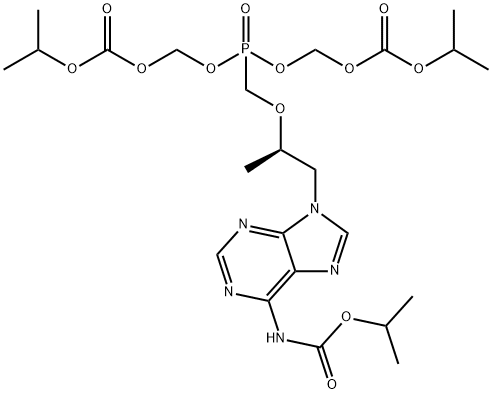

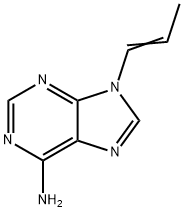
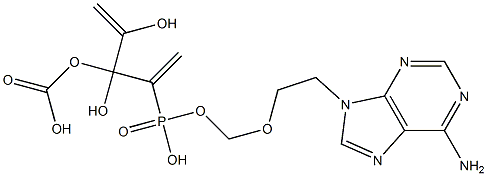
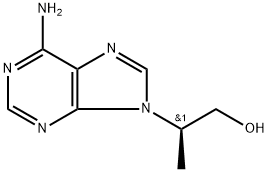

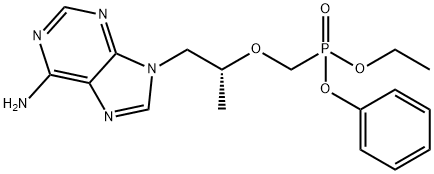
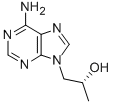
You may like
-
 Chloromethyl ethyl carbonate 97% CAS 35179-98-7View Details
Chloromethyl ethyl carbonate 97% CAS 35179-98-7View Details
35179-98-7 -
 1975-50-4 98%View Details
1975-50-4 98%View Details
1975-50-4 -
 2-HYDROXY BENZYL ALCOHOL 98%View Details
2-HYDROXY BENZYL ALCOHOL 98%View Details
90-01-7 -
 2-Chloro-1,3-Bis(Dimethylamino)Trimethinium Hexafluorophosphate 221615-75-4 98%View Details
2-Chloro-1,3-Bis(Dimethylamino)Trimethinium Hexafluorophosphate 221615-75-4 98%View Details
221615-75-4 -
 61397-56-6 CIS BROMO BENZOATE 98%View Details
61397-56-6 CIS BROMO BENZOATE 98%View Details
61397-56-6 -
 14714-50-2 (2-Hydroxyphenyl)acetonitrile 98+View Details
14714-50-2 (2-Hydroxyphenyl)acetonitrile 98+View Details
14714-50-2 -
 118753-70-1 98+View Details
118753-70-1 98+View Details
118753-70-1 -
 733039-20-8 5-broMo-2-chloro-N-cyclopentylpyriMidin-4-aMine 98+View Details
733039-20-8 5-broMo-2-chloro-N-cyclopentylpyriMidin-4-aMine 98+View Details
733039-20-8
Statement: All products displayed on this website are only used for non medical purposes such as industrial applications or scientific research, and cannot be used for clinical diagnosis or treatment of humans or animals. They are not medicinal or edible.